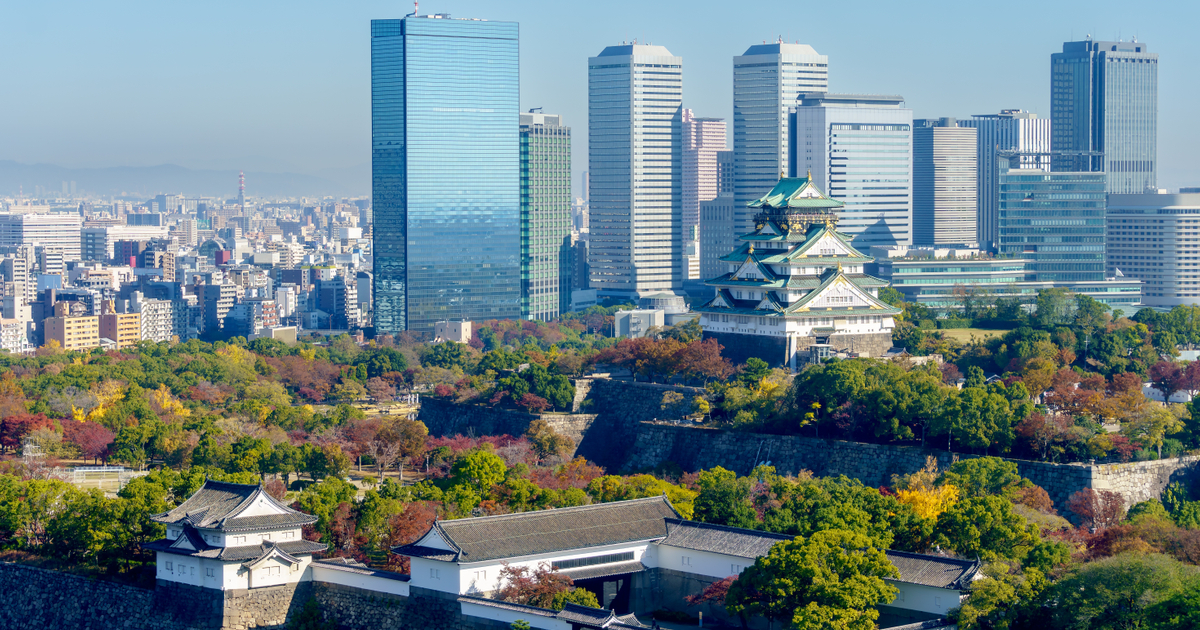Grow These Native Alternatives to Invasive Plants
As spring approaches and you begin to think about what you’re going to plant in your garden and/or yard for the upcoming growing season, there’s a lot to consider: From what kinds of foods you want to grow, to...


Photo: Thomas Barrat (Shutterstock)
As spring approaches and you begin to think about what you’re going to plant in your garden and/or yard for the upcoming growing season, there’s a lot to consider: From what kinds of foods you want to grow, to your favorite types of flowers and shrubs, to which plants are the easiest to grow.
But there’s something else that the U.S. Forest Service wants you to consider: Whether the plants are native to your area. Here’s what to know, and why it matters.
Native plants vs. non-native plants vs. invasive species
When botanists, biologists, and other environmental scientists talk about “native” plants, they’re referring to those that have developed in an area for hundreds—if not thousands—of years, and are part of the ecosystem. In the U.S., for example, plants are only considered “native” if they were here before the arrival of European colonizers.
“Non-native” plants, on the other hand, originated outside of an area, but are able to grow there. Some, known as “adapted plants,” can coexist with native plants without escaping into natural areas and harming the ecosystem, according to Chris Enroth, a horticulture educator at the University of Illinois Extension.
But other non-native plants are far more problematic. Known as “invasive species,” these can cause environmental and economic harm as they spread—smothering, strangling, and/or covering the native plants in their path. Or, in the words of the U.S. Forest Service: “Invasive plants turn into landscape thugs by out-competing the surrounding natives.”
Native alternatives to invasive species
If you’re interested in growing an all (or mostly) native garden, the U.S. Forest Service has put together a chart identifying some of the most popular invasive species grown in the country, their key characteristics, and a few examples of native species to plant instead. Here are a few examples:
Japanese wisteria
Desirable characteristics: Showy flowers, fragrance Native plant alternatives: Woodland phlox (Phlox divaricatus), sweet azalea (Rhododendron canescens), coast azalea (Rhododendron atlanticum), American wisteria (Wisteria frutescens)English ivy
Desirable characteristics: Drought-tolerant evergreenNative plant alternatives: Woodland aster (Eurybia divaricatus), alumroot (Heuchera villosa), creeping mint (Meehania cordata), Allegheny spurge, (Pachysandra procumbens), creeping phlox (Phlox stolonifera), Solomon’s seal (Polygonatum biflorum), Christmas fern (Polystichum acrostichoides)Porcelainberry
Desirable characteristics: Fast grower, colorful fruitsNative plant alternatives: Gray dogwood (Cornus racemosa), Virginia creeper (Parthenocissus quinquefolia), swamp haw viburnum (Viburnum nudum)Burning bush Euonymus
Desirable characteristics: Vibrant fall colorNative plant alternatives: Fringed bluestar (Amsonia ciliata), Hubricht’s bluestar (Amsonia hubrichtii), witch-alder (Fothergilla gardenii), oak-leaf hydrangea (Hydrangea quercifolia), fetterbush, (Leucothoe racemosa), swamp haw (Viburnum dentatum), arrow-wood viburnum (Viburnum nudum)You can find the entire chart and more information on the agency’s website.

 Lynk
Lynk 






























